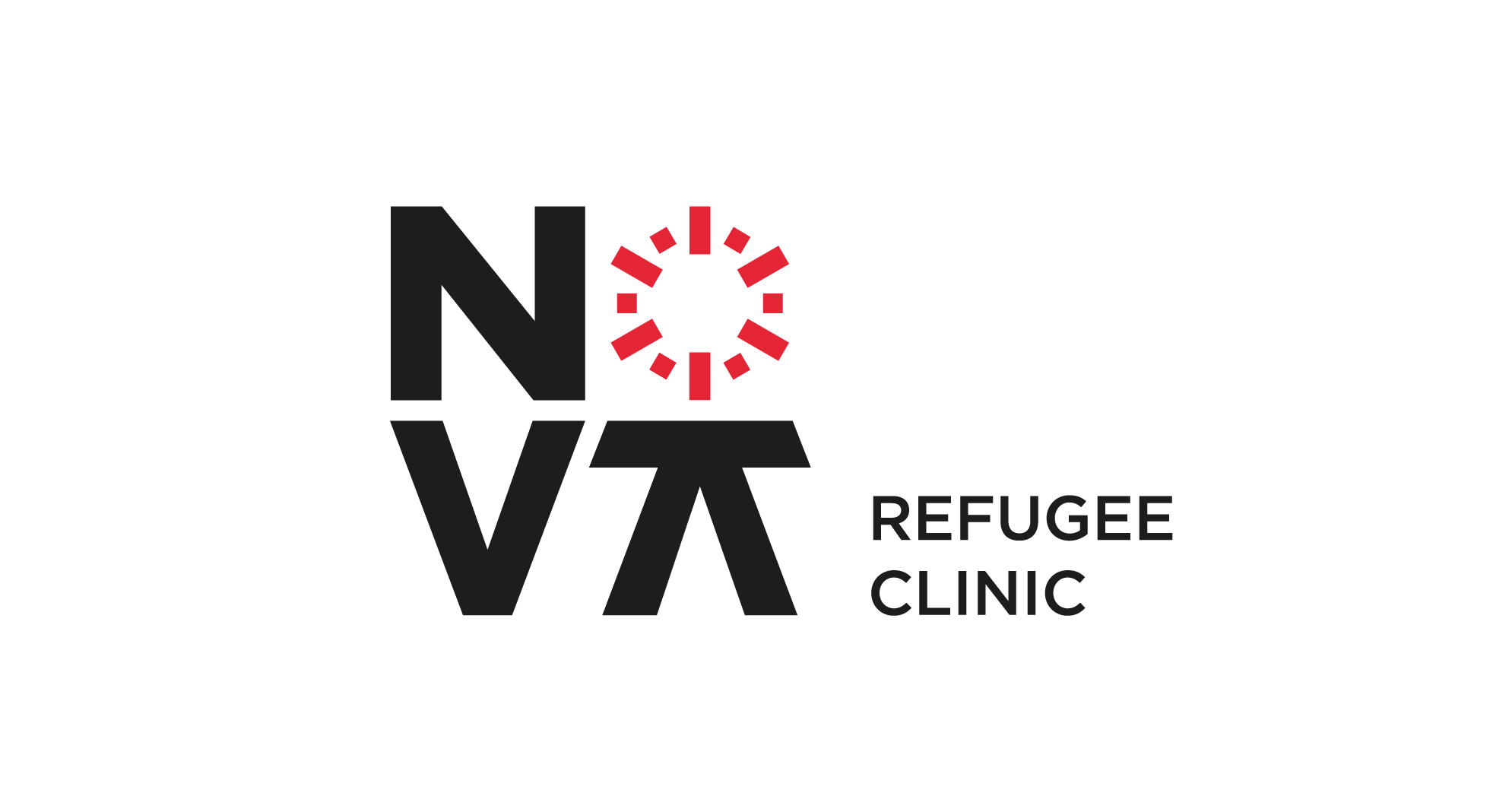To mark the “16 days of activism against Gender-Based Violence” (GBV) campaign , led by civil society organisations and endorsed by the United Nations (UN), this blogpost aims to highlight the challenges and problems that women experience in the various stages of the refuge cycle and how the international community, particularly the EU, tackles this issue.
The 1951 Refugee Convention (hereafter “The
Convention”) sets down the definition and the legal context of those seeking asylum
under a lawful framework that protects every foreigner who fits into the
definition of a “Refugee”.
However, the exhaustive list of Article 1 does not provide any category that can cover women’s needs in terms of their reproductive rights and their inability to enjoy them. A grant for asylum should be, in the end, about the protection of those who fear persecution for exercising their rights; therefore, not being able to voluntarily interrupt its pregnancy or having the possibility of growing its family is against one’s right to self-determination and yet, it is still one of the major factors for oppression in multiple countries in the World.
Considering that reproductive rights are human rights, this paper aims to find any gap in the definition of a “Refugee” according to Article 1 of The Convention, that, effectively, inhibits women of obtaining the fair protection they deserve, and consequently, final remarks about a narrow definition will be reflected upon for the purposes of this analyses.



